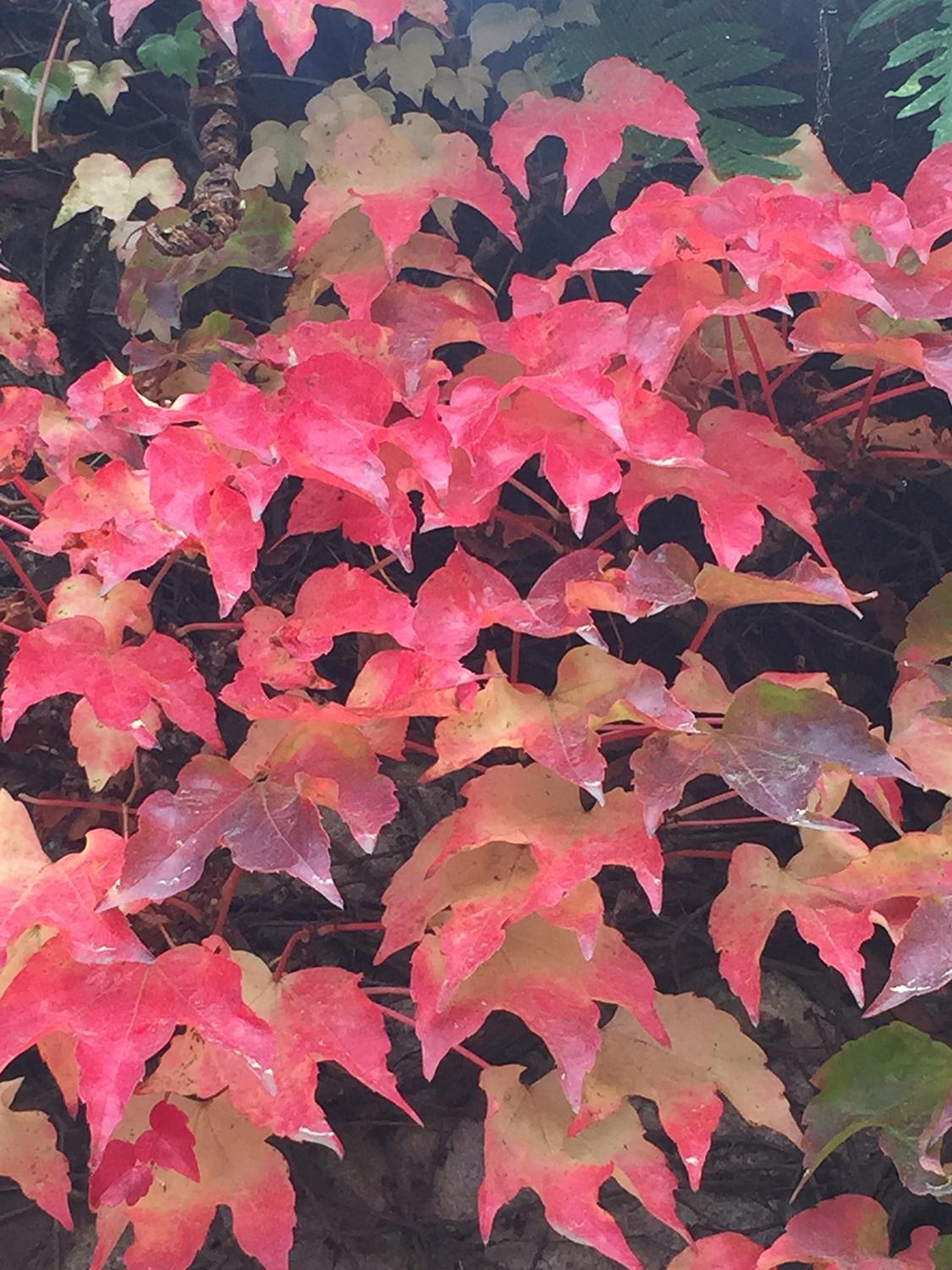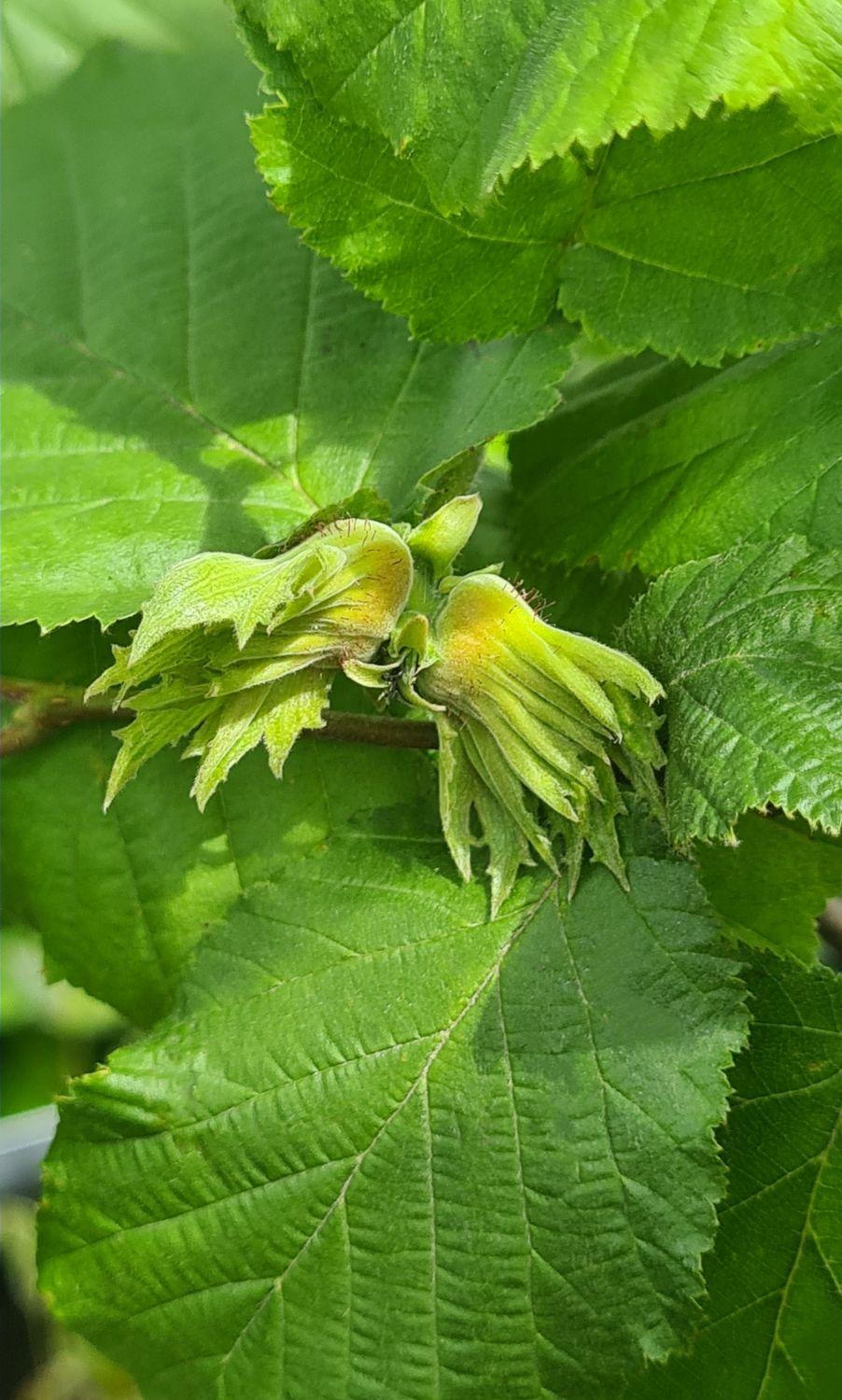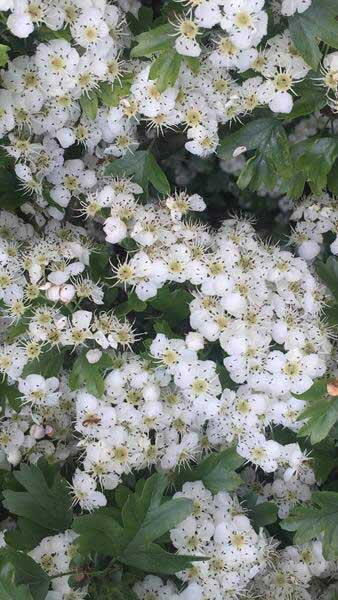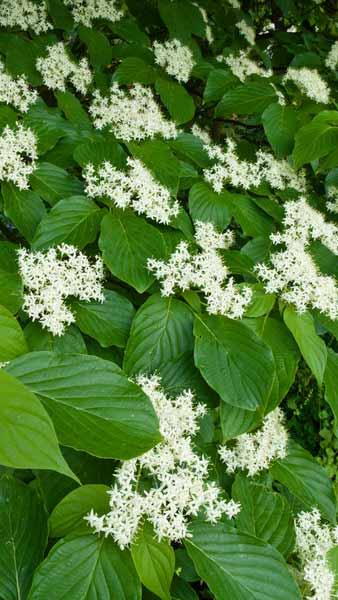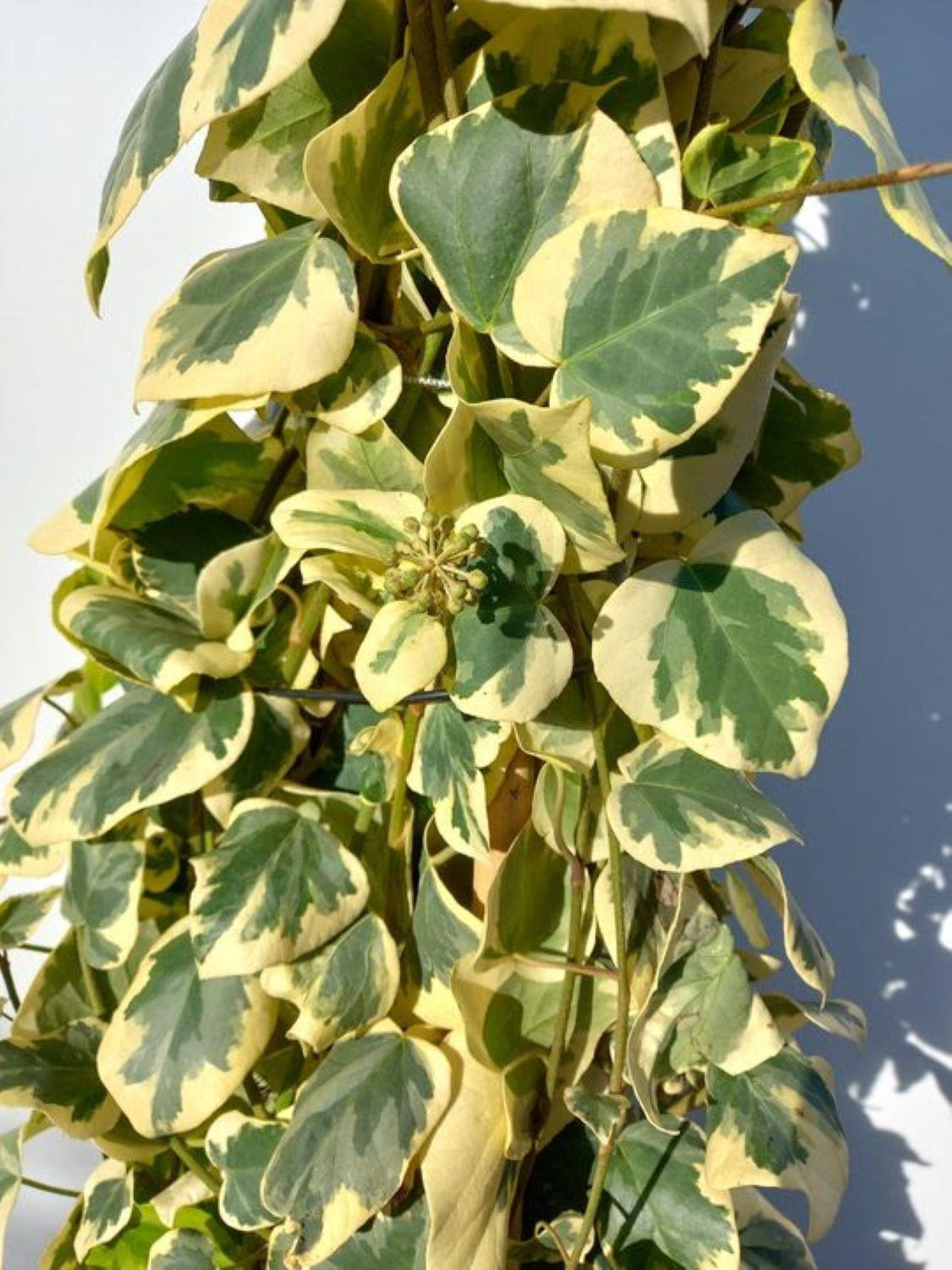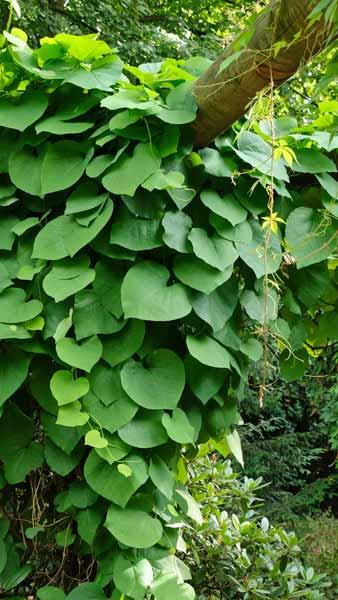Quercus Robur, Quercus Pedunculata, English Oak trees buy UK
Quercus Robur, also known as Quercus Pedunculata or English Oak, is a magnificent tree native to the UK. This long-lived and much-loved tree is one of the most common species to be found in the UK, and with good reason - bring its stately beauty home to your own property!The English Oak has long held a special place in the forests of the UK, where it is a native species. As Quercus Robur matures, it forms a wide, spreading crown which casts a dappled shade onto the ground below. The 10 cm long dark green leaves emerge in May, at the same time as the 2- 4 cm long yellow catkins which hang from the branches. Once an English Oak tree has reached about 40 years, these flowers are followed in autumn by the 2- 2.5 cm long acorns that are a favourite food of many wild animals. The leaves turn a reddish-brown in autumn. Hardy in all parts of the UK, Quercus Robur will grow to a height of 12 metres and spread of 8 metres in 20 to 50 years. However, it will continue to grow fairly rapidly for up to 120 years, reaching a final mature height between 20 and 40 metres. This is a tree to plant for the future, not just for your lifetime. Because of the eventual size of these trees, it is best to plant them up to 12 metres apart. No pruning is required to maintain the desired shape of these magnificent trees. Our specimens will get you off to a good start, as they are already more than 2 metres tall! Plant your Quercus Robur in full sun or partial shade in any well-drained soil, in a sheltered or exposed position. Tolerant of air pollution and moderately tolerant of salt spray, English Oak is a good choice for planting in many different environments within the UK.Carefully select your spot for an English Oak tree, as you should consider its eventual large size. This is not a tree for a small city garden, but on a larger urban property a Quercus Robur would make an excellent specimen tree, and on an open country acreage or in a woodland garden, one or more of these magnificent trees would be a perfect choice!Quercus Robur is a much-loved tree in the UK landscape, and understandably so: it is a long-living, sturdy tree of great beauty. Planting an English Oak is an investment not just for you, but for future generations! High Quality Bare Root PlantsOur bare root Quercus Robur are established & mature, with well developed root systems.We are confident that these are the best quality bare root plants available. They will quickly establish & thrive, once planted.Prices are based on a minimum or multiple order of 25 plants.
